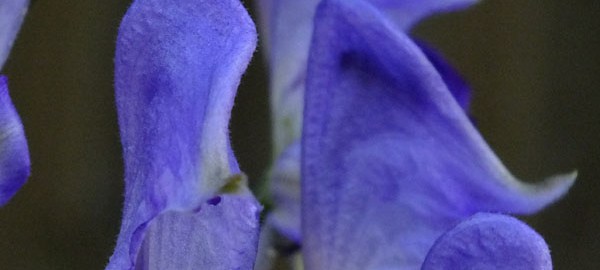The rainy weather of this year has surely pleased all the baneberries (Actaea species). Their fruits are not indicated to be consumed for lunch!!! being poisonous, but they are so attractive. Let’s call them local gourmet foods for the soul and eyes!
All Actaea species make for superb specimens in part-shade to shaded locations of the garden. White, fragrant flowers that attract pollinators in late spring, beautiful foliage, colourful and long-lasting fruits… isn’t this enough to consider adding these native beauties to your garden?
Actaea pachypoda – Doll’s eyes, White baneberries
Good fortune made it that I also found a few plants of A. pachypoda with magenta coloured fruits – which is a rare form given as Actaea pachypoda f. rubrocarpa (not everyone agrees on this, but after I found them, I surely do).















